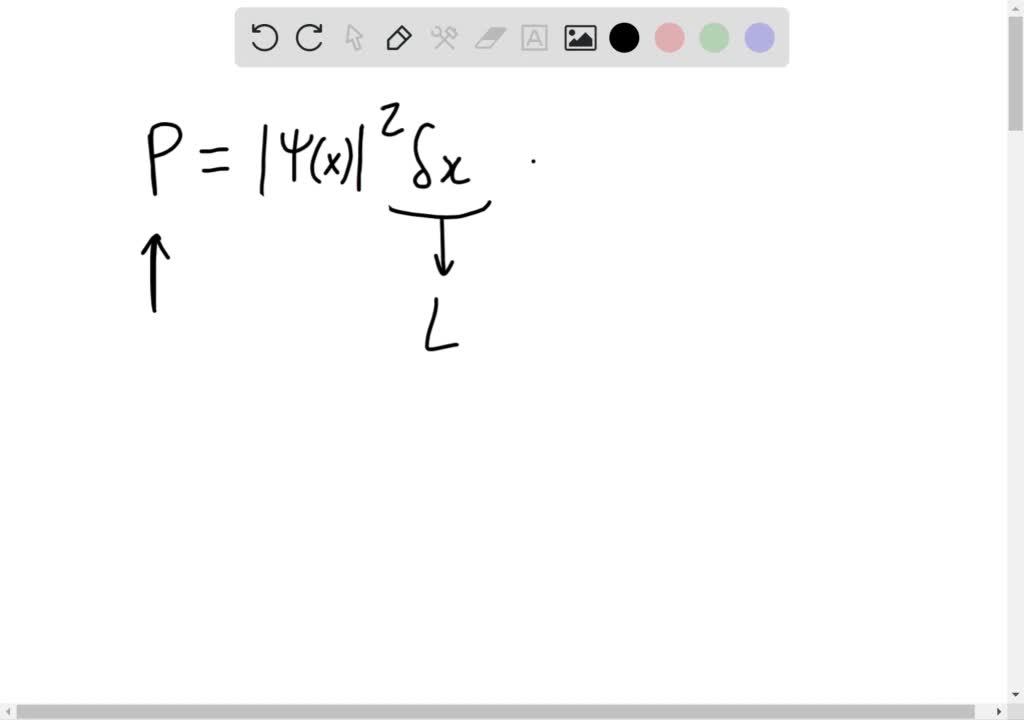
#Pa to psi units full
Symbols, abbreviations, or full names for units of length,Īrea, mass, pressure, and other types. You can find metric conversion tables for SI units, as wellĪs English units, currency, and other data. Pascal to Other Pressure unit Other Pressure unit to Pascal 50 Pascal Pa 0.05 Kilopascal kPa 50 Pascal to Kilopascal: 50 Kilopascal to Pascal: 50 Pascal Pa 0.0005 Bar : 50 Pascal to Bar: 50 Bar to Pascal: 50 Pascal Pa 0.0072518868865 Psi psi 50 Pascal to Psi: 50 Psi to Pascal: 50 Pascal Pa 7.2518868865E-6 Ksi ksi 50. It is the pressure resulting from a force of one pound-force applied to an area of one square inch.Ĭonversion calculator for all types of measurement units.

The pound per square inch or, more accurately, pound-force per square inch (symbol: psi or lbf/in² or lbf/in²) is a unit of pressure or of stress based on avoirdupois units. The unit is named after Blaise Pascal, the eminent French mathematician, physicist and philosopher. The pascal (symbol Pa) is the SI unit of pressure.It is equivalent to one newton per square metre. The commonly used multiple units of the pascal are the hectopascal (1 hPa 100 Pa), kilopascal ( Pa), and megapascal (1 MPa 1,000,000 Pa). It is defined as one newton per square meter. The definition of a pascal is as follows: Pascal : The pascal (symbol: Pa) is the SI unit of pressure which derived from other SI units. The SI prefix "mega" represents a factor of


Although the Pascal is used more in the scientific context, PSI is used more day-to-day. Psi : Psi is the abbreviation of pound per square inch, and is widely used in British and American. From tire pressure to gas pressure and quite a few others. The system came into use in England about 1300 and was used primarily in the international wool trade.Ĭurrent Use: PSI is used worldwide to measure a lot of pressures. 1 pascal (Pa) 1 newton/square meter (N/m2) 1 Kg m-1 s 1 bar 0.98692 atmosphere (atm) 105 pascals (Pa) 1 pound per square inch (psi) 68.97 millibars. It is based on the avoirdupois system, a system that uses weights in terms of the avoirdupois pound, which was standardized in 1959. History : This unit finds its history in the imperial and American system of units of measure. One PSI is approximately 6.895 Pascal (N/m2). It is defined as the pressure created when a force of one pound-force is applied to a surface of one square inch. To be able to do this anyway, an average approximation is always used.ĭefinition : A PSI is a unit used worldwide. Because it is not the same everywhere, you cannot simply apply a conversion factor to convert PSI to Pa or bar. The pressure that a Pound delivers depends on gravity which is not the same everywhere on earth. The PSI is an American unit and stands for Pounds per Square Inch. 1 atmosphere is therefore 1013 millibars and 1013 hectopascals. In this case, 1 millibar is exactly equal to 1 hectopascal.

Air pressure is also regularly expressed in millibars or hectopascals. The atmosphere corresponds more closely to the average air pressure at sea level, and is defined as follows: 1 atm = 101.325 Pa so just over 1 bar. Meteorologists and weather forecasters worldwide use this unit, as an expression in Pascal would lead to much longer numerical results. Convert what quantity From: atmosphere standard atmosphere technical attobar attopascal bar barad barye centibar centihg centimeter of mercury 0 ☌ centimeter of water 4 ☌ centipascal centitorr decibar decipascal decitorr dekabar dekapascal dyne/square centimeter exabar exapascal femtobar femtopascal foot of air. Where atmospheric pressure equals 1013.25 mbar (101.325 kPa). Millibars (symbol: MB) is also commonly used to describe atmospheric pressure.
#Pa to psi units free
The International Bureau of Weights and Measures, while indicating that authors are free to use bar, has not included it in the permitted list of the SI. The term “bar” comes from the Greek word “baros,” meaning weight.Ĭurrent usage : Although bar is the unit of pressure, it is not accepted by the International System of Units (SI) and is even disapproved in some areas. History: Bar was once introduced by Vilhelm Bjerknes, a Norwegian meteorologist who was at the forefront of modern weather forecasting. This unit is pretty much the standard reference when it comes to pressure. The bar is defined as 100,000 Pa, or 100 kPa. The bar is originally a British unit, and 1 bar roughly corresponds to the average air pressure at sea level (although 1 atmosphere (atm) is a better description). However, Pascal is not the only unit used for pressure: 1 MPa 145.03773773 psi 1 psi 0.0068947573 MPa Example: convert 15 MPa to psi: 15 MPa 15 × 145.037737.


 0 kommentar(er)
0 kommentar(er)
